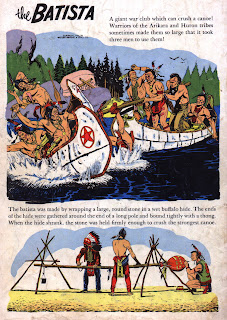
A great movie, especially for young boys, from 1964.
Directed by Byron Haskin Produced by Aubrey Schenck Written by Daniel Defoe (novel Robinson Crusoe)
John C. Higgins ,Ib Melchior
Starring Paul Mantee, Victor Lundin, Adam West
Here's my capsule review of the DVD released by Criterion:

Great DVD production,\, Vivid colors. The only gripe I have is the extras...pretty weak. A lot of stuff is from Ed Shrief's "Space Family Robinson" The audio commentary is a mess, jumbled sound bytes from people recorded years apart, most having nothing to do with what's on the screen. One thing we learn from the audio comments is that Byron Haskin was a grace-less, pompus ass. Otherwise, first rate! One more from my childhood list has been released, and nicely done too.





















